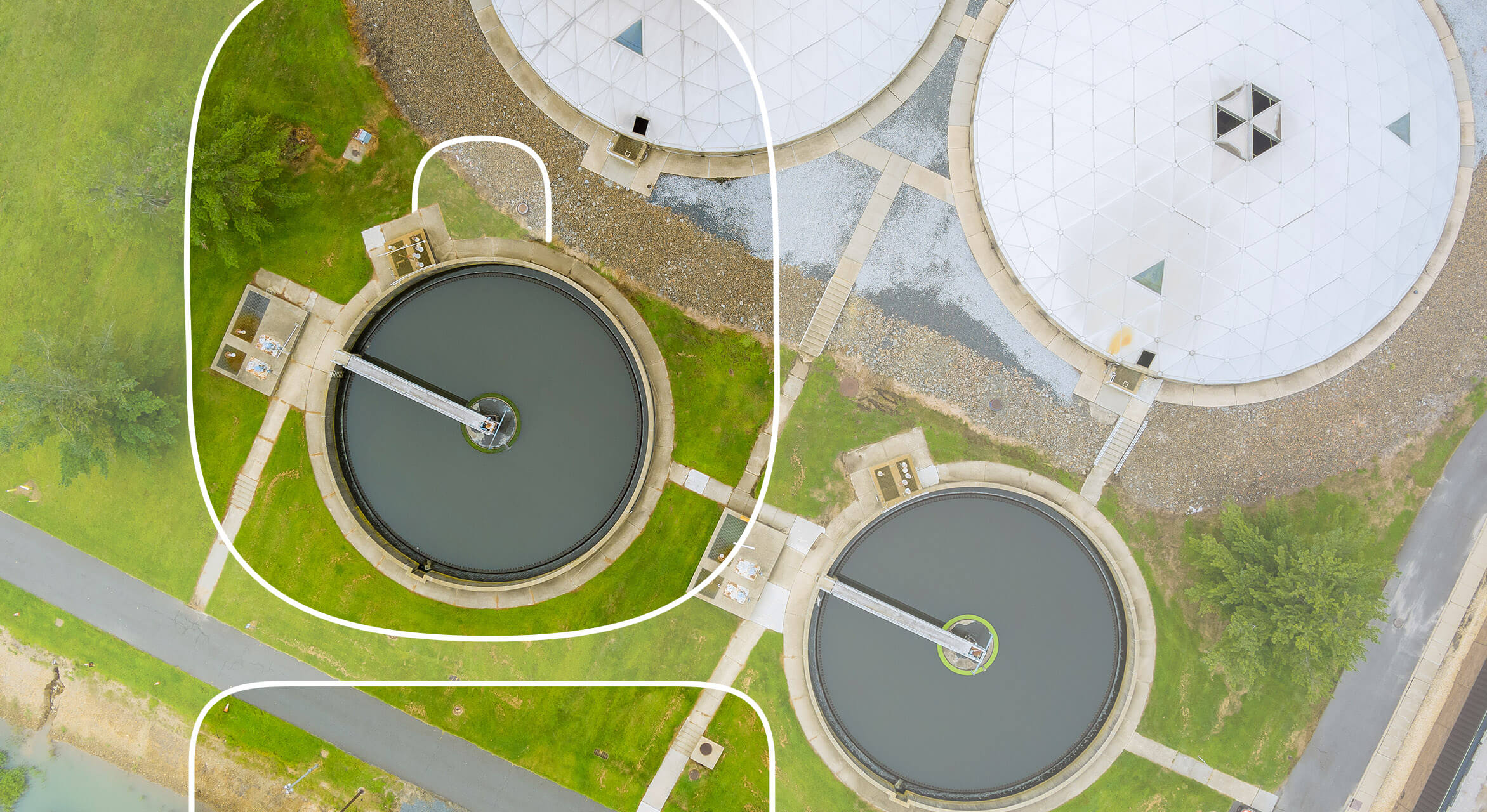Tips to Reduce Environmental Impact with Proper Wastewater Disposal
Tips to Reduce Environmental Impact with Proper Wastewater Disposal
Blog Article
Comprehending Wastewater Treatment Processes and Their Ecological Effect
The intricacies of wastewater therapy procedures play a pivotal duty in mitigating environmental difficulties connected with water contamination. Each stage, from preliminary to advanced treatments, is designed to address details impurities, inevitably guarding both public wellness and water communities.
Summary of Wastewater Treatment
Just how is wastewater changed right into a safe resource for the setting? Wastewater therapy is an important process created to eliminate contaminants from used water, therefore guarding public health and wellness and safeguarding ecosystems. This procedure starts with the collection of wastewater from domestic, industrial, and business sources, which is then routed to treatment facilities.
At these facilities, numerous physical, chemical, and biological approaches are utilized to deal with the wastewater. Consequently, organic therapies, such as activated sludge processes, make use of bacteria to damage down organic matter.
The dealt with effluent can be securely discharged right into all-natural water bodies or reused for watering and commercial purposes, promoting source conservation. Furthermore, the therapy procedure generates biosolids, which can be repurposed as fertilizers or dirt amendments, even more boosting sustainability.
Phases of Treatment Processes
The wastewater therapy procedure usually contains three primary phases: initial, key, and secondary treatment. Each phase offers a distinctive role in decreasing the contaminant lots and guaranteeing the effluent satisfies ecological criteria prior to discharge.

The primary treatment stage concentrates on the physical separation of suspended solids from the wastewater. Through sedimentation, heavier particles work out at the end of sedimentation storage tanks, developing sludge, while lighter materials, such as oils and greases, float to the surface and are skimmed off. This procedure significantly reduces the natural and not natural lots in the wastewater.
Second therapy is a biological procedure aimed at further lowering the concentration of organic issue. This stage is essential for attaining the needed biochemical oxygen demand (FIGURE) reduction, inevitably leading to cleaner effluent prepared for discharge or further therapy.

Advanced Treatment Technologies
Complying with the secondary therapy processes, progressed treatment modern technologies play a crucial role in additional enhancing the top quality of treated wastewater. These modern technologies are developed to get rid of residual impurities that are not efficiently removed during key and additional therapies, guaranteeing the effluent fulfills strict governing standards.
Amongst the widely used innovative treatment techniques are membrane layer filtration, reverse osmosis, and progressed oxidation procedures. Membrane filtering, consisting of microfiltration and ultrafiltration, is efficient in dividing fine bits, virus, and colloids from the water (Wastewater). Reverse osmosis utilizes semi-permeable membranes to eliminate liquified solids, resulting in top notch water ideal for various applications
Advanced oxidation processes (AOPs) utilize solid oxidants to degrade organic contaminants, consisting of drugs and personal care products that are resistant to traditional therapy. These approaches boost the biodegradability of complex compounds, facilitating their removal.
One more substantial modern technology is the use of biological nutrient removal processes, which particularly target nitrogen and phosphorus, stopping eutrophication important source in getting water bodies. Generally, innovative therapy modern technologies are essential for achieving higher degrees of filtration, advertising water reuse, and guarding public wellness while attending to the difficulties related to wastewater monitoring.
Environmental Advantages of Treatment
Countless environmental benefits develop from effective wastewater therapy procedures that add to ecosystem health and wellness and sustainability. Primarily, these procedures substantially decrease the release of damaging pollutants into natural water bodies, which aids keep water environments. By removing contaminants such as hefty steels, nutrients, and pathogens, dealt with wastewater mitigates the risk of waterborne conditions and advertises biodiversity in marine environments.
In addition, wastewater therapy facilities usually utilize advanced modern technologies that make it possible for water recycling and reuse. This method not just saves freshwater sources however additionally minimizes the demand on all-natural water supplies. Boosted nutrient removal from wastewater can also stop eutrophication, a process that brings about algal flowers and subsequent oxygen exhaustion in aquatic systems.
In addition, efficient therapy processes can minimize greenhouse gas discharges, particularly methane and laughing gas, which are frequently launched during untreated wastewater disintegration. By capturing and using biogas from anaerobic digesters, centers can transform waste into sustainable power, thereby adding to a decrease in fossil gas dependency.
Difficulties and Future Fads
While the ecological benefits of wastewater therapy are clear, several difficulties linger that impede optimum outcomes in this field. One significant problem is maturing facilities, which usually results in inadequacies and increased operational prices - Wastewater. Many therapy plants were designed years earlier, and their capabilities do not straighten with modern demands, that include more stringent regulatory requirements and higher volumes of wastewater as a result of urbanization

Looking ahead, there is a growing emphasis on source recuperation and round economic situation principles within wastewater treatment. Developments such as anaerobic digestion, which can generate biogas, and progressed filtering helpful site technologies are gaining grip. important source These techniques not only enhance treatment performance however likewise promote sustainability.
Inevitably, addressing these obstacles needs cooperation amongst stakeholders, financial investment in innovation, and a commitment to ongoing research. By embracing these patterns, the wastewater treatment market can develop to fulfill the demands of a changing atmosphere and society.
Final Thought
In verdict, wastewater therapy processes play an important function in boosting environmental quality and public health and wellness. The multi-stage therapy structure, coupled with advanced innovations, properly mitigates contamination and advertises lasting water management.
Report this page